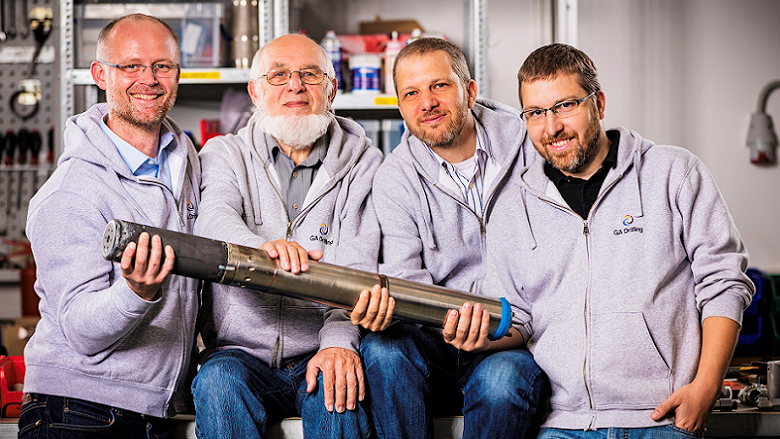Reflecting on this, Vazil Hudak, Vice President of the European Bank Investment Bank (EIB) from Slovakia, concludes: “we need innovation to survive. Innovation must shape the future of Slovakia,” he says.
To address these challenges, government officials, researchers, entrepreneurs, and representatives from different International Financial Institutions (IFIs) gathered at the Regional Innovation Forum in Bratislava from March 22-24 to identify innovation and technology challenges facing the region, translate uncertainty into opportunity, and learn from regional and global experiences.
There is ample evidence that innovation and the adoption of existing technologies can accelerate economic growth. It has been shown that innovative firms grow faster – 15% faster in sales and 8% faster in labor productivity.
Yet, it is not easy to embrace change.
“Innovation and disruptive technology are extraordinary opportunities for accelerating economic growth, but they are also a source of anxiety for governments, firms, and people,” says Cyril Muller, World Bank Vice President for the Europe and Central Asia Region.
The recent World Bank report “The Innovation Paradox” highlights two failures that undermine the impact of innovation and technology adoption.
First, most firms in developing countries are slow to identify and adapt to more advanced technologies -thus fail to accrue the high returns that technology upgrades and innovation can bring. Second, governments find it challenging to develop innovation policies that can effectively facilitate a process of ‘technological catch-up.’
So, what needs to be done?
The first task for policy makers is to create an eco-system which will unleash innovation potential.
“Innovators don’t want zero regulation, they want the right regulation,” says Muller.
Policy makers have an array of instruments at their disposal – among them innovation grants, matching grants, venture capital, equity funds, loan guarantee schemes. In selecting the best mix, the key is finding evidence of what works and what doesn’t.
Igor Kočiš, an innovator and founder of GA Drilling, says a lot of innovators are leaving Slovakia because of the lack of funding for developing their ideas. His advice to policy makers focuses on funding.
Igor Kočiš, Founder of GA Drilling, Slovakia.
The World Bank Group, in coordination with many clients in the region, has already recognized the importance of innovation for development and has worked over the last two decades to make innovation systems more robust. Over fifty projects have been financed by the World Bank that touch upon innovation in the region.
These initiatives cover a wide range of issues, from increasing innovative activities of firms and individuals in Georgia, to promoting high-quality, nationally relevant research and commercialization of technologies in Kazakhstan and in Serbia, to helping countries in the Western Balkans build a better eco system for innovation.
Adapting to advanced technologies is key to accruing the high returns that innovation can bring: GA Drilling.




